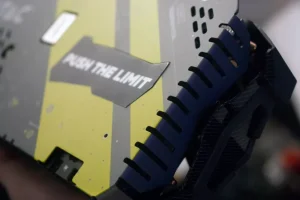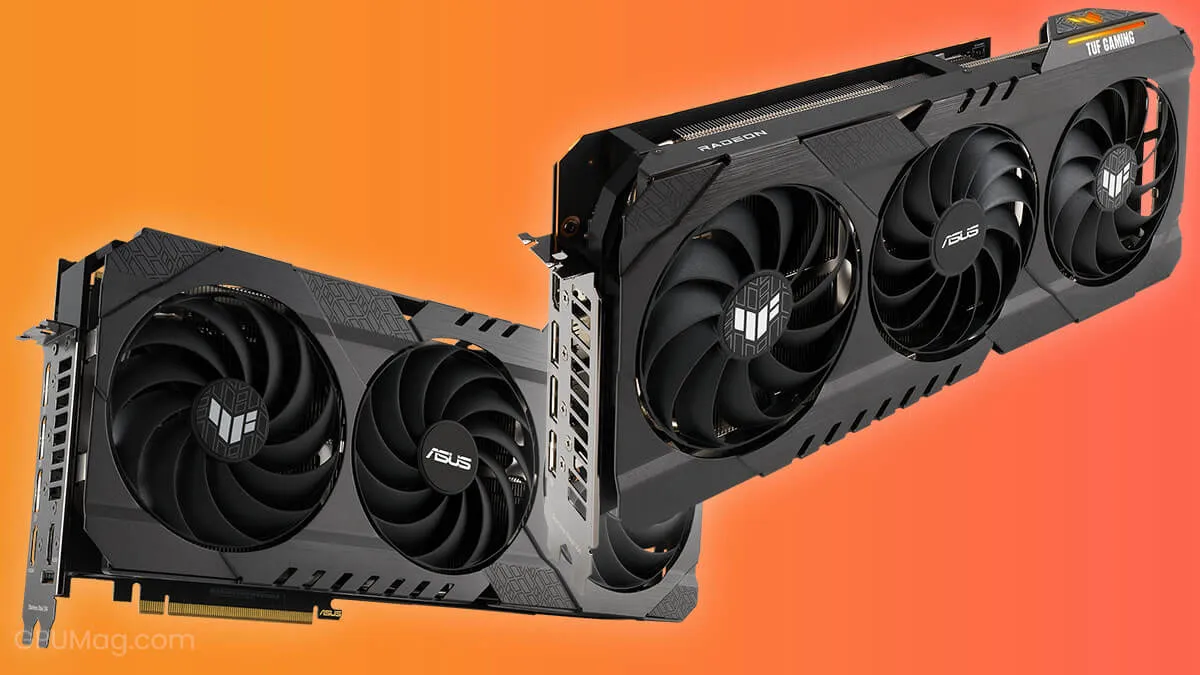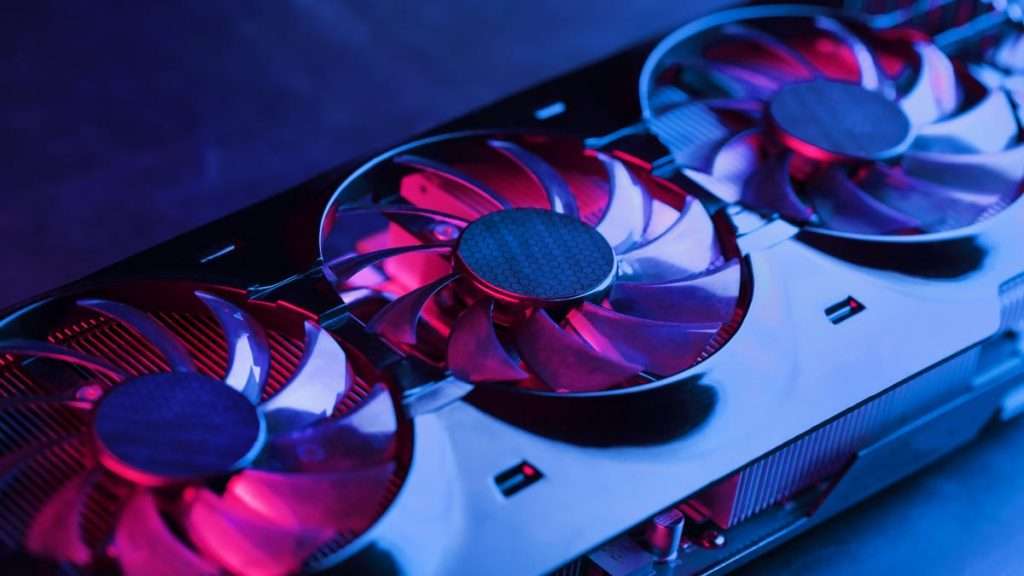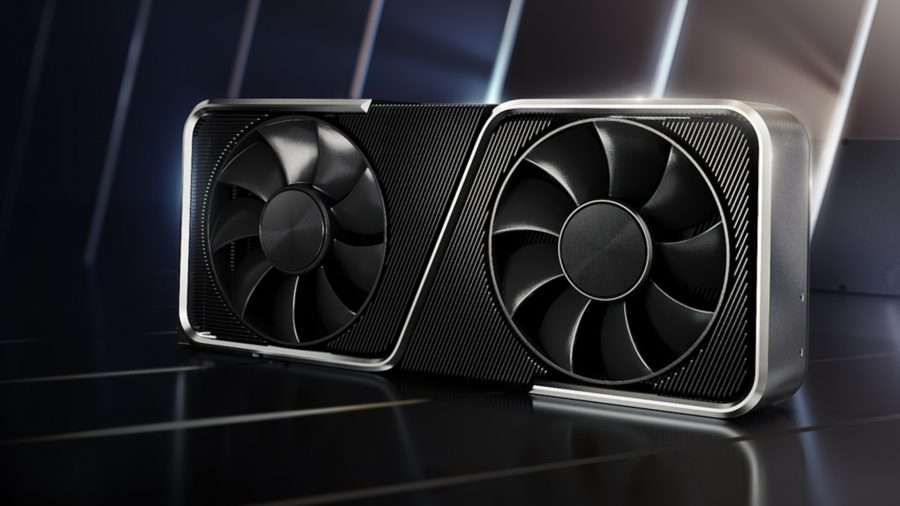
How to install a new graphics card on your PC
Installing a new, more powerful graphics card can make a world of difference when it comes to gaming on a PC. And because you’re not entirely rebuilding a PC, this isn’t a terribly complicated task. However, it can still appear to be somewhat daunting for anyone who hasn’t opened the side of a PC case before. Luckily, with a little help, the right tools, and a spare 10 minutes, you can be back in the game in no time. If you’re interested in upgrading your GPU but don’t have new hardware in mind, be sure to have a look at our best graphics card picks available now.
How to install your new GPU
The main parts of this task involve the case and PCIe slot on the motherboard. Most GPUs sold today are connected to the PC via this PCIe slot. A motherboard can have more than one slot, but we’ll want to use the first (x16) slot, which usually has the most bandwidth available. An x4 slot is shorter and can be used for other expansion cards (Wi-Fi cards, for example), and secondary x16 slots are usually reserved for additional GPUs or expansion cards.
If you need to buy a GPU
Should you be researching just how easy it is to install a GPU yourself and need to buy one, we’ve got you covered with a breakdown of what you’ll need to play PC games at various resolutions, depending on what you have on your monitor and games set to. You’ll be able to buy, install, and enjoy a powerful new graphics card.
Preparing your PC for the new GPU
Before you install the new card, you need to make sure older drivers for the card you’re replacing are uninstalled. If you’re installing a new GPU and do not already own a dedicated card, you can skip this section. Both NVIDIA and AMD offer resources to complete this step. You can find them here:
As well as following the advice in the links above, there is a handy tool that can aid in completely removing GPU drivers on Windows, called Display Driver Uninstaller. Using this utility isn’t required but can prove useful in getting rid of all instances of drivers from Windows. After the drivers have been removed, it’s time to open up the PC and get started.
It’s also worth checking your power supply (PSU) to make sure it can handle a dedicated GPU (if you don’t already have one installed) or a more powerful upgrade. You’ll generally want a 500W certified PSU from a reputable brand, though a 600W+ model would better suit overclocked configurations.
Installing the new graphics card
- Power down the PC.

- Hit the switch on the back of the PC to turn off the supply to the PSU.
- Extract the side panel (usually held on by two screws on the rear).
- If you do not already have a GPU installed, skip to Step 7.
- Remove the screws holding the GPU in on the rear bracket.

- Unlock the PCI-e slot clip.
- Remove the GPU by lightly pulling on the card.
- Hover the new GPU over the PCI-e slot.

- Push down on the GPU to slide the connector into the slot.
- Ensure the secure lock clicks into place.
- Screw the rear bracket down to secure the card to the chassis.
- Connect any required PSU cables.

- Reattach the side panel.
Now, all you need to do is to plug in the display connectors on the rear of the case, whether they’re DisplayPort, HDMI, DVI, or VGA. After that, hit the PSU power switch and boot up Windows. If the PC does not turn on or no signals get sent to the monitor, we’ll need to double-check that all cables are connected correctly (both inside and on the rear of the PC), and the GPU is seated properly in the PCIe slot.
Installing required drivers
Before the GPU can be used for intensive workloads like gaming, you need to get new drivers installed so Windows and software can effectively communicate with the card. Hit the links below to download and install drivers for a new NVIDIA or AMD card.
What you’ll need to get the job done
To remove and/or install a GPU, you’ll need a Philips screwdriver. It’s worth investing in a toolkit that contains numerous tools you’ll make use of when tinkering with your PC.



